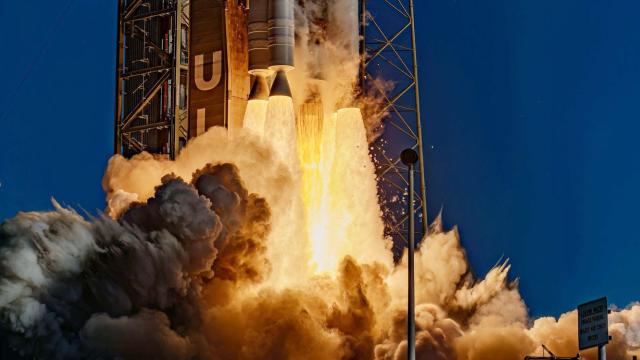The U.S. summer season has ended, but spaceflight continues to be hot, with new views of our Moon and Jupiter’s moon Io, the much-anticipated return of an astronaut and an asteroid sample, and important new rocket engine tests, to name just a few of the many moments that captured our attention in September.
Let’s take a look.
Samples of asteroid Bennu have landed
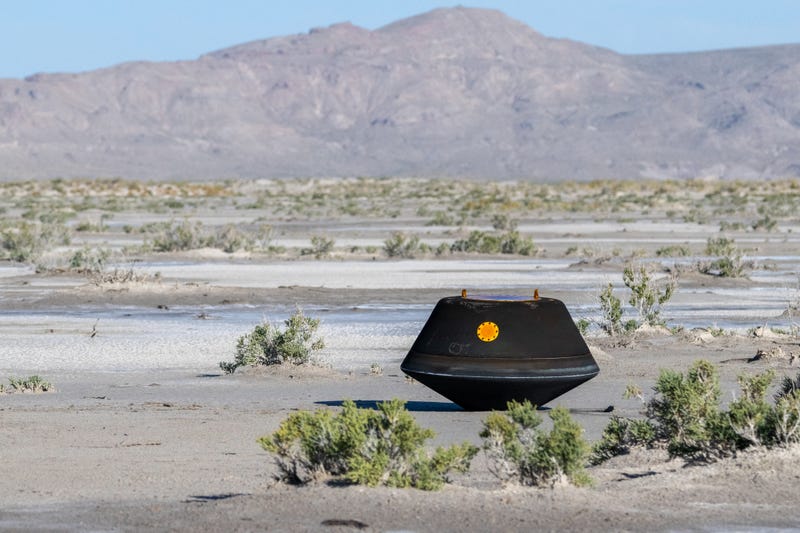
On Sunday, September 24 at 10:52 a.m. ET, a capsule containing rocks and dust from asteroid Bennu, collected by NASA’s OSIRIS-REx mission, successfully landed in the Department of Defense’s Utah Test and Training Range near Salt Lake City. Within 90 minutes, the capsule was airlifted by helicopter to a temporary clean room established in a hangar on the training range. Scientists will now study the samples in hopes of gaining a better understanding of the early solar system, the origins of life on Earth, and the potential resources available on asteroids for future space exploration.
India’s landing site spotted
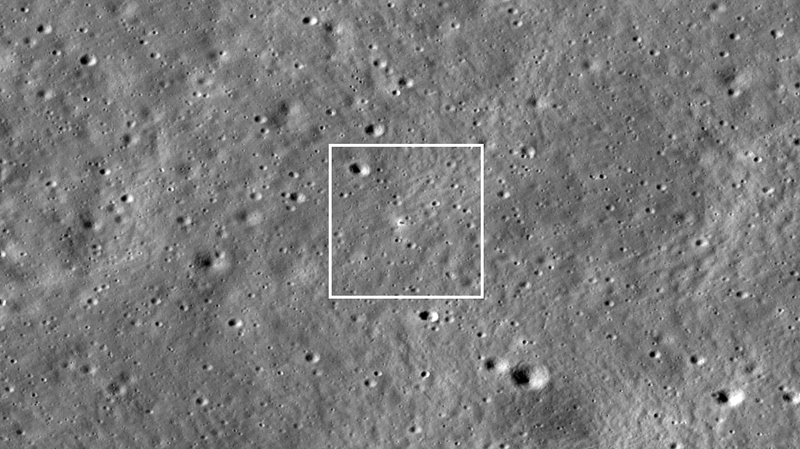
Several days after India’s Chandrayaan-3 landed near the lunar south pole, NASA’s Lunar Reconnaissance Orbiter captured images of the landing site, showing the Vikram lander with a distinctive bright halo from the rocket plume.
A wind satellite’s final moments
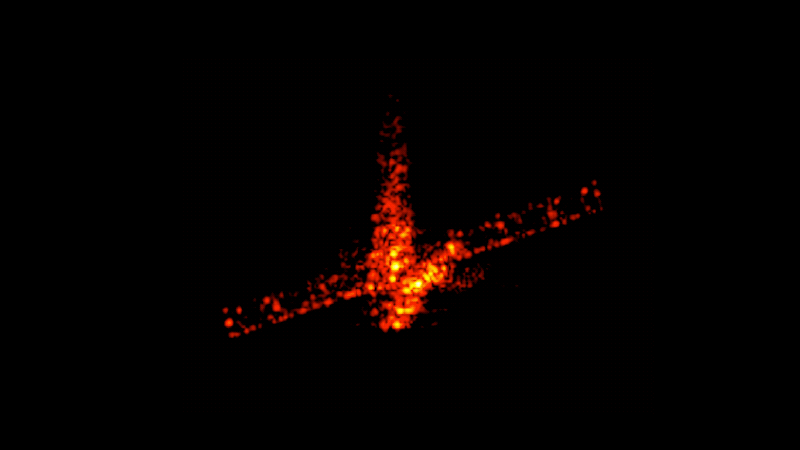
In late July, the Aeolus Earth Explorer satellite underwent a controlled reentry into Earth’s atmosphere, resulting in its fiery destruction. The European Space Agency (ESA) released an animation of its last moments, crafted from images captured by the Tracking and Imaging Radar (TIRA) at Fraunhofer FHR in Germany. These final frames, released in September, show Aeolus intact, but tumbling. TIRA monitored the satellite’s descent using its 110-foot antenna on July 28, documenting the satellite’s spectacular end as it transformed into a fireball.
A big small hop for Stoke Space
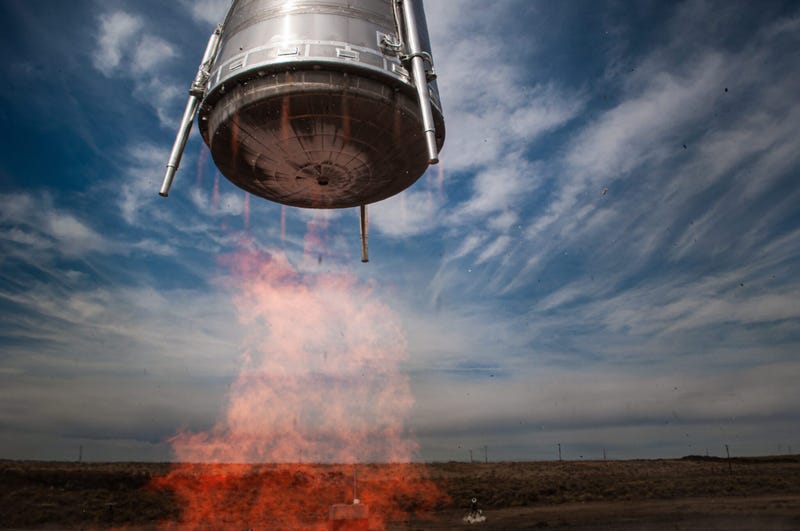
On September 17, at Stoke Space’s Moses Lake, Washington site, its Hopper2 test flight successfully showcased the vertical takeoff and landing capabilities of the company’s in-development reusable second-stage rocket. The Hopper test vehicle ascended to 30 feet (9 meters) and touched down in its designated zone after a 15-second flight. No launch provider is currently capable of landing and reusing its upper-stage rocket component, highlighting the importance of Stoke’s recent test.
A ‘hack’ to view the Sun
Scientists adapted a camera on the Solar Orbiter probe to investigate seldom-seen areas of the Sun’s atmosphere. By modifying the Solar Orbiter’s Extreme Ultraviolet Imager (EUI) with a clever hack, they managed to block the overpowering light from the Sun, highlighting the subtle light of its atmosphere instead.
The modification involved adding a “thumb” to a safety door on the EUI. When the door is partially opened, this thumb acts as a shield, blocking the intense sunlight from the Sun’s central disc and allowing the weaker ultraviolet light from the corona to be visible. This technique has produced a unique ultraviolet image of the Sun’s corona, a region typically overshadowed by the Sun’s brightness and primarily visible during total solar eclipses.
Silentbarker’s big bite
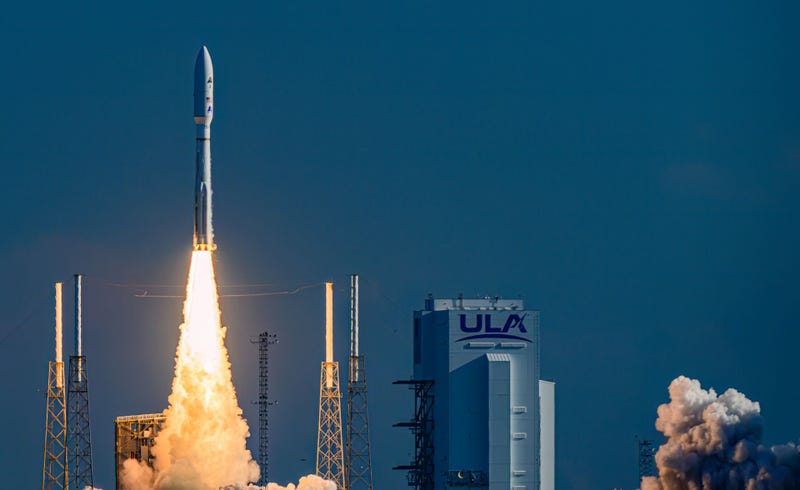
On September 10 at 8:47 a.m. ET, a ULA Atlas V rocket took off from Cape Canaveral Space Force Station’s Launch Complex-41. This joint venture between the U.S. Space Force’s Space Systems Command and the National Reconnaissance Office, dubbed Silentbarker/NROL-107, aims to enhance the nation’s space situational awareness and monitor potential threats in orbit.
Jupiter and its tumultuous volcanic moon Io
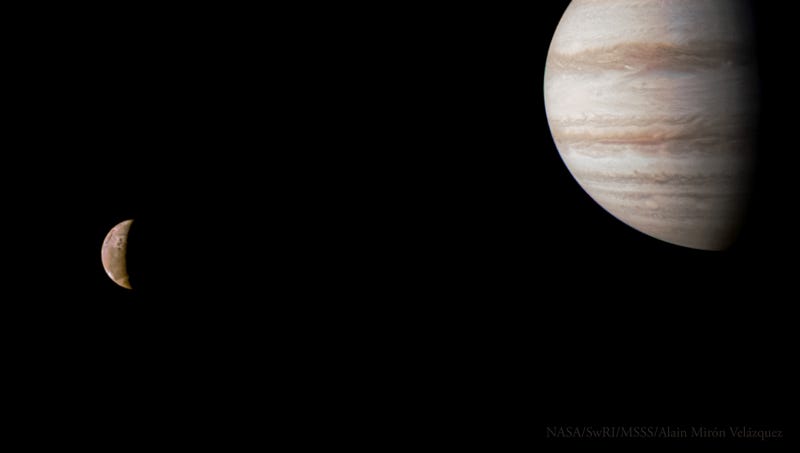
Just before its 53rd close flyby of Jupiter, NASA’s Juno spacecraft captured a stunning view of the planet and its volcanic moon, Io. The image, processed from JunoCam’s raw data by citizen scientist Alain Mirón Velázquez, showcases Io’s dynamic surface marked by numerous active volcanoes, with the spacecraft set for even closer encounters in late 2023 and early 2024. When the image was taken, Juno was approximately 32,170 miles (51,770 kilometers) away from Io and about 245,000 miles above Jupiter’s cloud tops (395,000 km).
The next Starship prototype takes shape
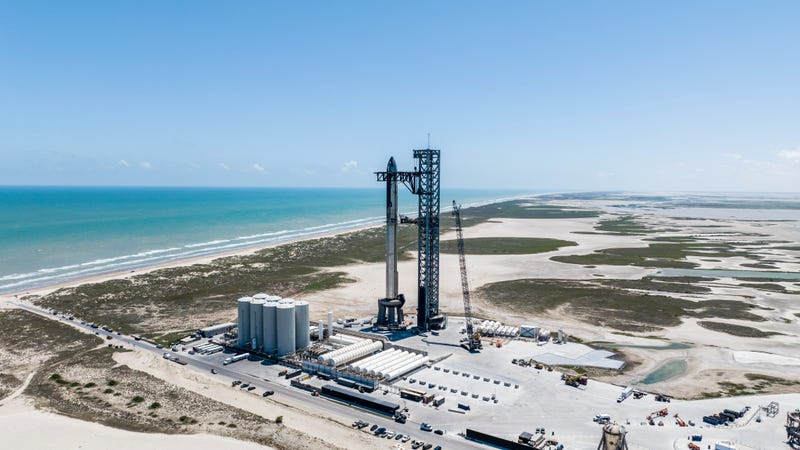
The stacking of Starship’s upper stage 25 atop booster 9 concluded on September 5 at SpaceX’s Starbase site in Boca Chica, Texas. Now proudly positioned on the launch pad, SpaceX declared its preparedness for its second flight. However, the final nod from the FAA is still pending.
An unprecedented view of the Moon’s Shackleton Crater
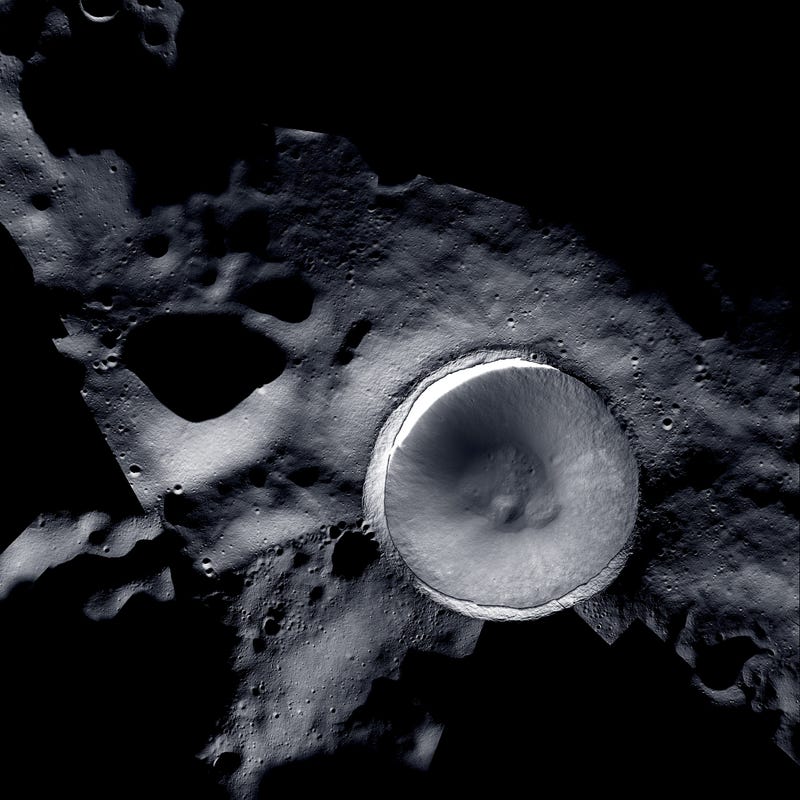
Two cameras, LROC and ShadowCam, teamed up to take detailed images of Shackleton Crater near the Moon’s south pole area. LROC takes clear photos of the bright parts of the Moon but struggles with the dark, shadowy areas. ShadowCam, which is super sensitive to light, captures the shadowy parts, so by using both cameras, scientists acquired a full, detailed picture of the Moon’s surface.
An engine fit for the Moon
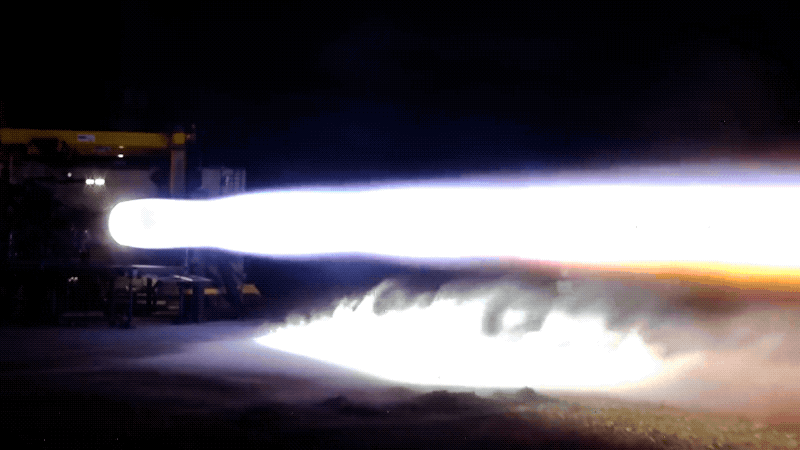
NASA is collaborating with SpaceX on its Starship human landing system for the Artemis 3 and 4 missions, aiming to land astronauts near the Moon’s south pole using two Raptor engine variants. Addressing the challenge of the landers’ prolonged exposure to space cold, SpaceX successfully tested a vacuum-optimized Raptor engine last month, ensuring its performance in extreme cold conditions beyond those in low Earth orbit.
Endeavour recovery
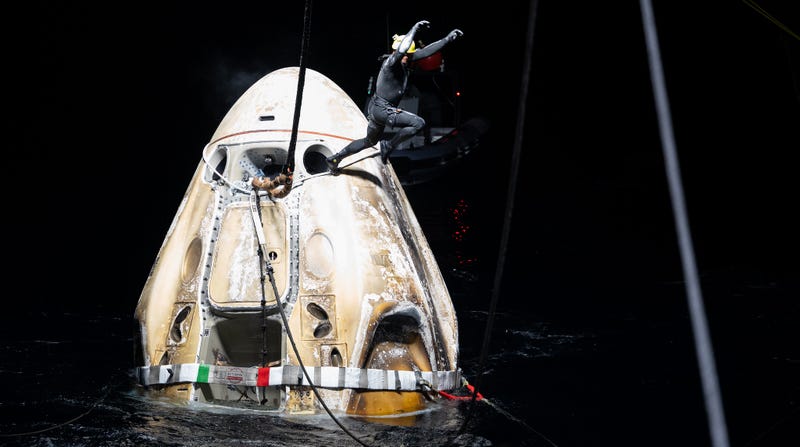
This image shows support teams attending to the SpaceX Dragon Endeavour spacecraft shortly after its landing in the Atlantic Ocean near Jacksonville, Florida, on Monday, September 4. On board were NASA astronauts Stephen Bowen and Warren “Woody” Hoburg, UAE astronaut Sultan Alneyadi, and Roscosmos cosmonaut Andrey Fedyaev. The astronauts made their return after almost six months in space, serving as part of Expedition 69 on the International Space Station.
Flooded Burning Man from Space

Satellite photos released in September revealed the accumulation of water in the Black Rock desert as the result of freak rain showers, showcasing the challenging conditions that marred this year’s Burning Man festival. Two images from the Moderate Resolution Imaging Spectroradiometer (MODIS) aboard NASA’s Terra satellite depicted the region before (below image) and after the rainfall (above). The photograph from September 4 captures the gathered rainwater, showing the soaked terrain, rainwater, and lakes, all tinted in varying shades of blue. The image below was captured on August 26, before the rains came through.
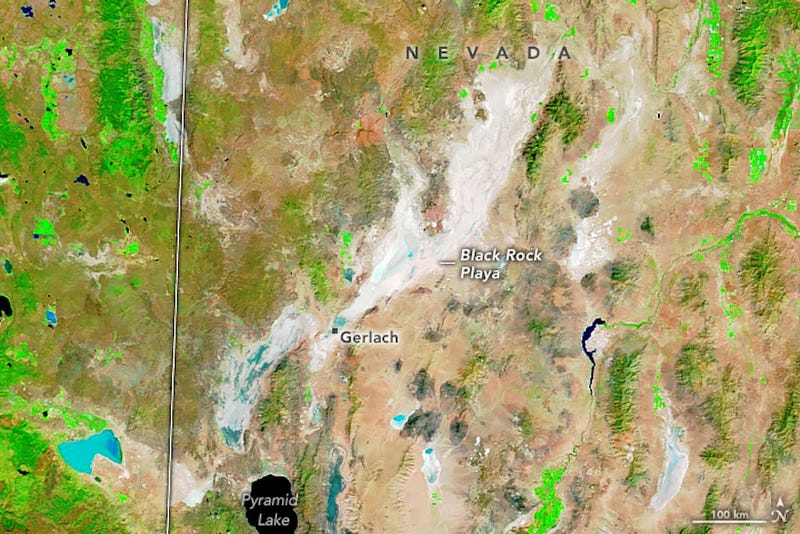
Back on Earth after 371 days
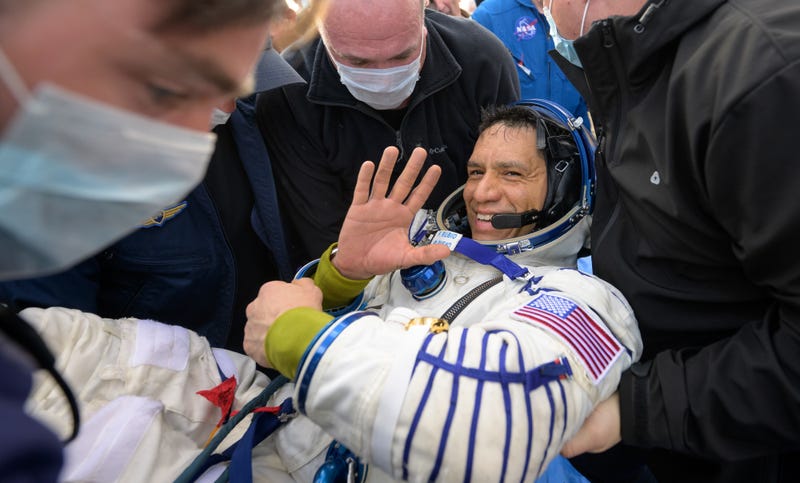
NASA astronaut Frank Rubio inadvertently set a new record for the longest single spaceflight by a U.S. astronaut after spending over a year on the ISS. Rubio, along with Roscosmos cosmonauts Sergey Prokopyev and Dmitri Petelin, returned to Earth and landed in Kazakhstan on September 27 via the Soyuz MS-23 spacecraft after spending 371 days in orbit.
